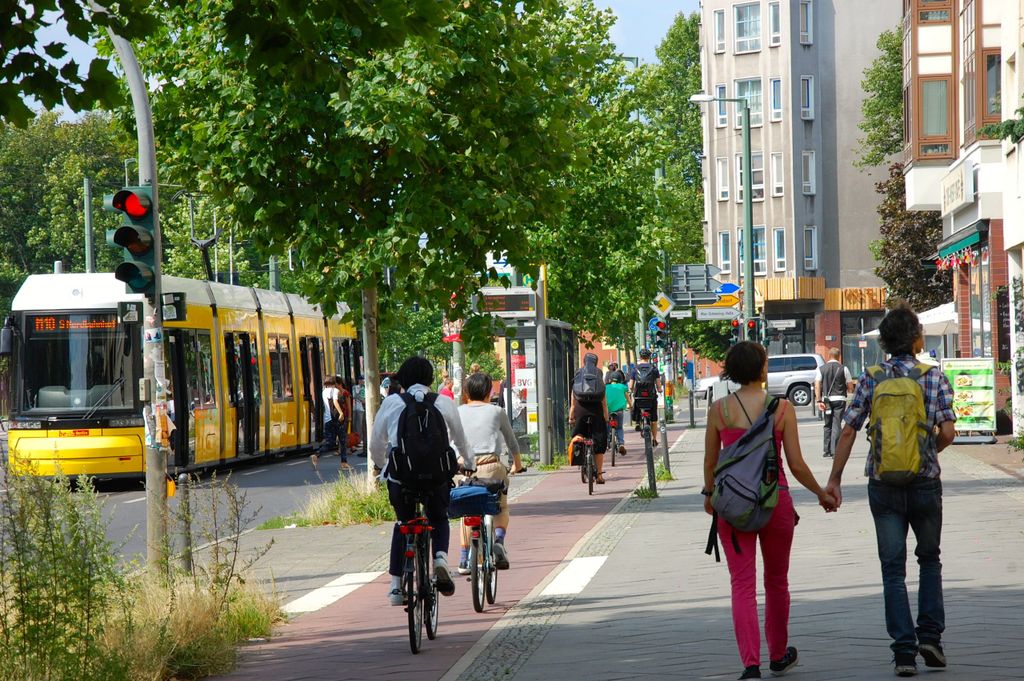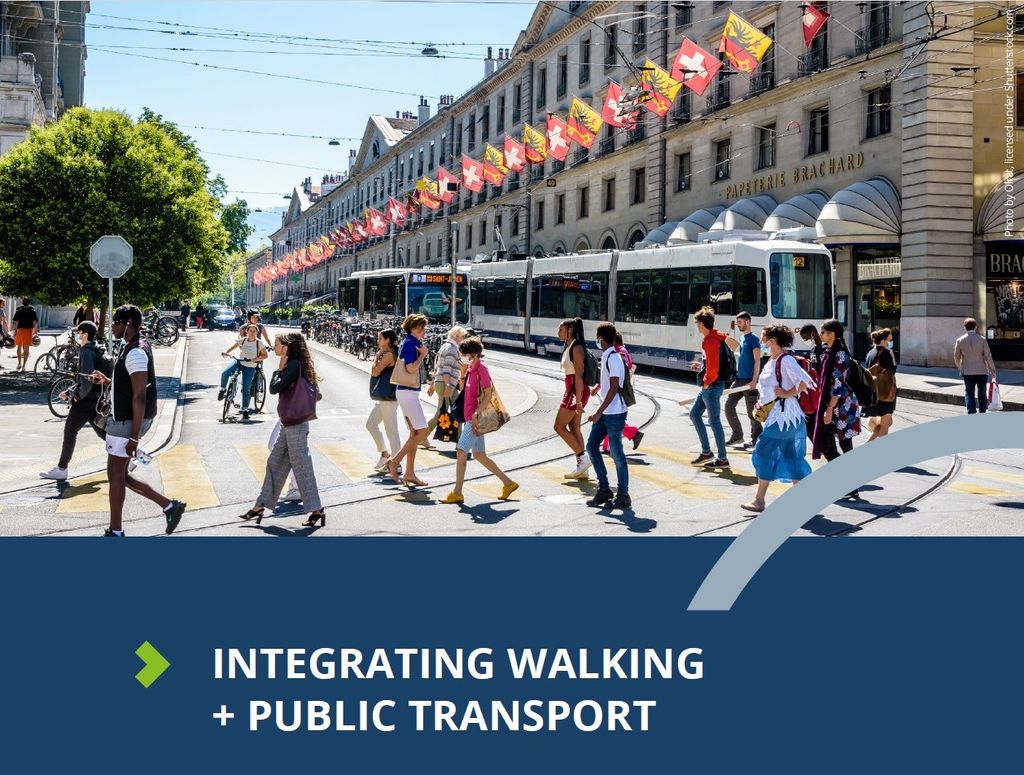
Combined Mobility
An integrated mobility solution
Today, there are more travel options than ever.
From shared e-scooters to shared cars and ride-hailing, it is safe to say that urban mobility is more dynamic than ever. But as a user, connecting between distinct and often competing services can be difficult, not to mention that you need several apps to use them all in the first place. In this reality, the advantages of shared mobility are less obvious. To make sense of it all, and to drive the sector forward towards more integrated mobility solutions, we need to advance combined mobility.
Combined mobility develops synergies between mass public transport, shared, and active mobility. It integrates different transport services into one coherent mobility system. This enables people to make trips without the need to own a private car.
The different aspects required to combine mass public transport, shared and active mobility are wide and include institutions, governance models and tools, market regulation and business models, spatial and digital integration (e.g. mobility hubs and digital platforms, MaaS), marketing and information, ticketing, data governance, funding and financing.
And the benefits
#1 Less nuisances from private vehicles and more quality of life
Integration of shared mobility with public transport systems reduces private car use, while expanding access to opportunities. This results in better air quality, less noise pollution, safer streets, more space for people and greenery, and ultimately a better quality of life.
In a scenario of strong regulation and increased adoption of combined mobility services, the International Transport Forum (ITF) finds that vehicle-kilometres travelled could decrease by as much as 24% by 2030.
#2 Reduced carbon emissions
If it is not integrated into a wider transport network, shared mobility services could end up replacing walking and cycling trips instead. In a scenario like that, CO₂ emissions could actually rise 18% by 2050. However, coordinated urban planning and combined mobility can reverse that trend and reduce emissions by 34%. That would cut 10% of all urban emissions!
#3 Higher fleet utilisation
It’s simple – integrated services attract more passengers. In other words, when a service is more useful because it connects with other services that fulfill different needs, fleet utilisation rates will rise. That brings down unit costs per journey and increases energy efficiency.
Combined mobility could lead to:
- 24% decrease in
vehicle-kilometres travelled by 2030
- 34% lower
CO₂ emissions from urban mobility by 2050
And advance the sector
To maximise its benefits, shared mobility services must develop further and work hand-in-hand with traditional public transport. Only then, can we optimise the modal shift so that together they can replaceprivate car trips and increase journeys spent walking, cycling, and on public transport.
To support this approach, the Combined Mobility Committee focuses on more strategic aspects needed to shift to an integrated, sustainable mobility ecosystem.
The Combined Mobility Committee gathers stakeholders from authorities, public transport operators and, to a lesser extent, shared mobility providers and associations.
At the heart of our engagement with shared mobility is the UITP committees. These groups bring together selected professionals from sectors in shared mobility. They are the active working bodies of UITP and work on peer-to-peer exchanges and creation of knowledge for the sector.
Discover everything about shared mobility! Find out how to get involved, meet your peers, and stay up to date with the latest expert insights.
Read more about:
The latest from UITP on combined mobility

Contact
UITP

UITP
Committee Chair

Victoria MARKEWITZ
Business Development Principal at Via Transportation
Membership benefits









